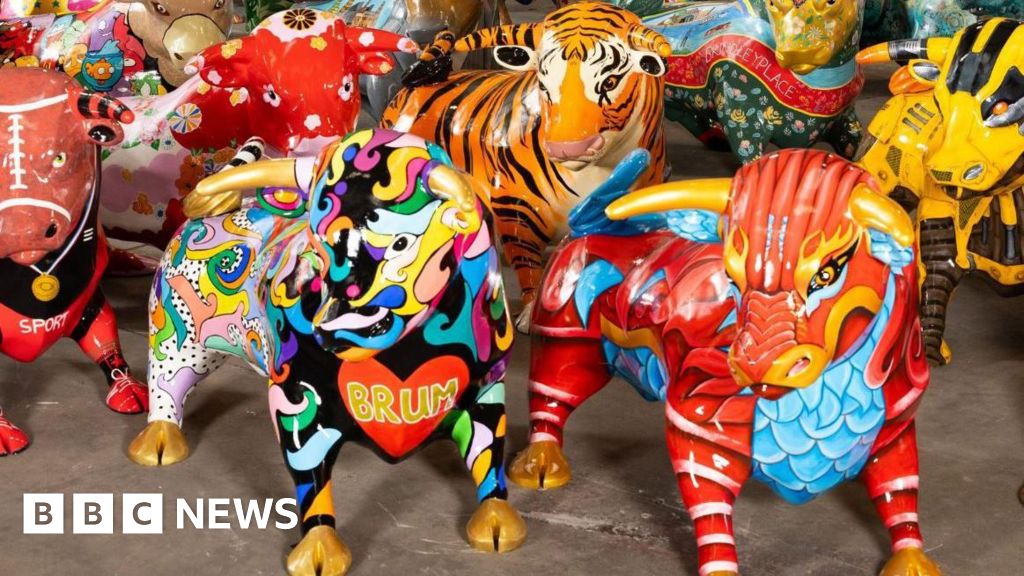Introduction to the Bull Trail
A herd of more than 120 bulls was released in Birmingham as part of a free art trail. The sculptured creations, inspired by the legendary bull, were decorated by local artists and placed in various locations all over the city. This project was organized by Birmingham Hospice in cooperation with Wild in Art and includes 40 large fiber optic statues sponsored by local companies.
The Art Trail Experience
The majority of the larger bulls are located in the city center, with four in Harborne High Street and three in Boldmere High Street. Each bull has a unique design, such as murals that celebrate local history, while others look like dragons or tigers. There is also a version of Ozzy, a huge mechanical bull that was featured in the city’s opening ceremony for the Commonwealth Games. In addition to the large bulls, there are 80 mini-bulls created by local schools and groups as part of an associated community program, which can be found in hospice shops in Birmingham and other locations in the city center.
Community Engagement and Charity
The project aims to raise awareness about the work of Birmingham Hospice, which costs £19 million to run this year. The hospice is not fully funded by the NHS and relies on voluntary income, such as donations and income from their shops. The trail is an opportunity for the community to come together and support the charity. Visitors are encouraged to consider making a donation to the hospice, as even the smallest amount can have a big impact.
The Impact of the Trail
The trail is expected to increase trade in the city center and provide a platform for local artists to showcase their work. The Mayor of West Midlands, Richard Parker, praised the Brummie Bull, saying it is "a symbol of Birmingham’s strength and spirit". The trail will run for eight weeks until September 14, after which the sculptures will be auctioned to raise money for Birmingham Hospice.
Getting Involved
Maps are available digitally via a Bull in the City app or can be collected from locations across the city. Visitors can use these maps to navigate the trail and discover the unique designs and locations of the bulls. By participating in the trail, visitors can support the hospice and contribute to the local community. The project is a fun and interactive way to explore the city and learn about the importance of the hospice’s work.

